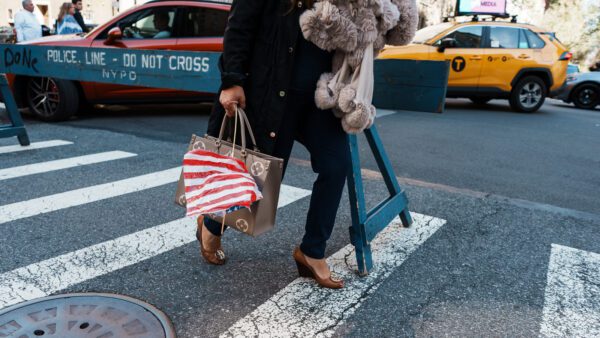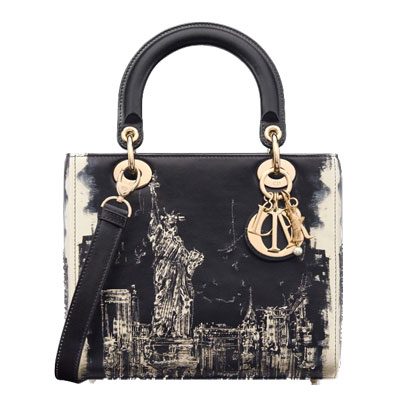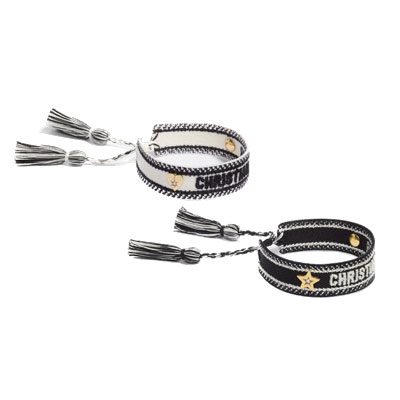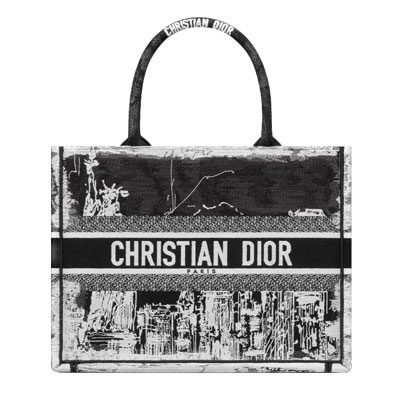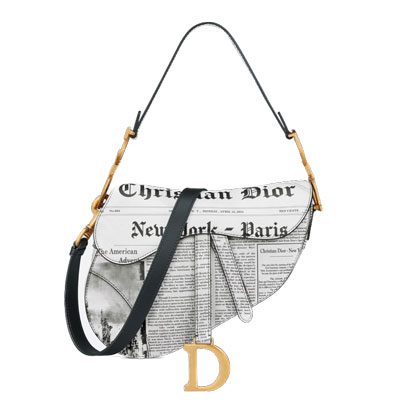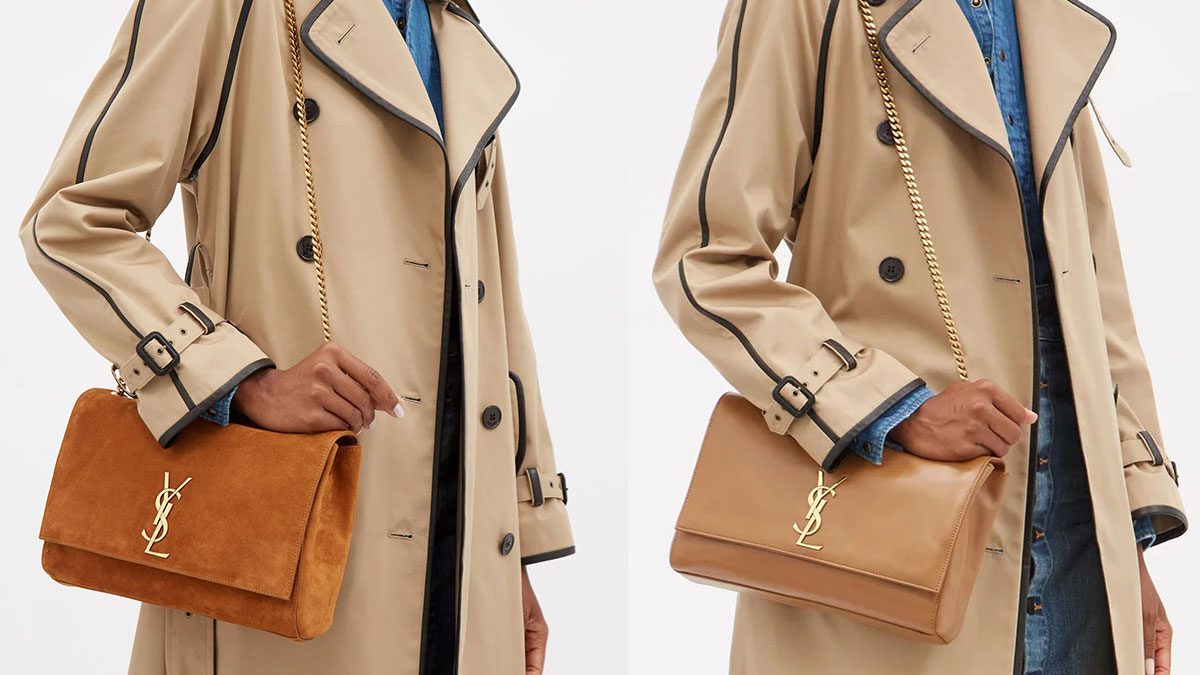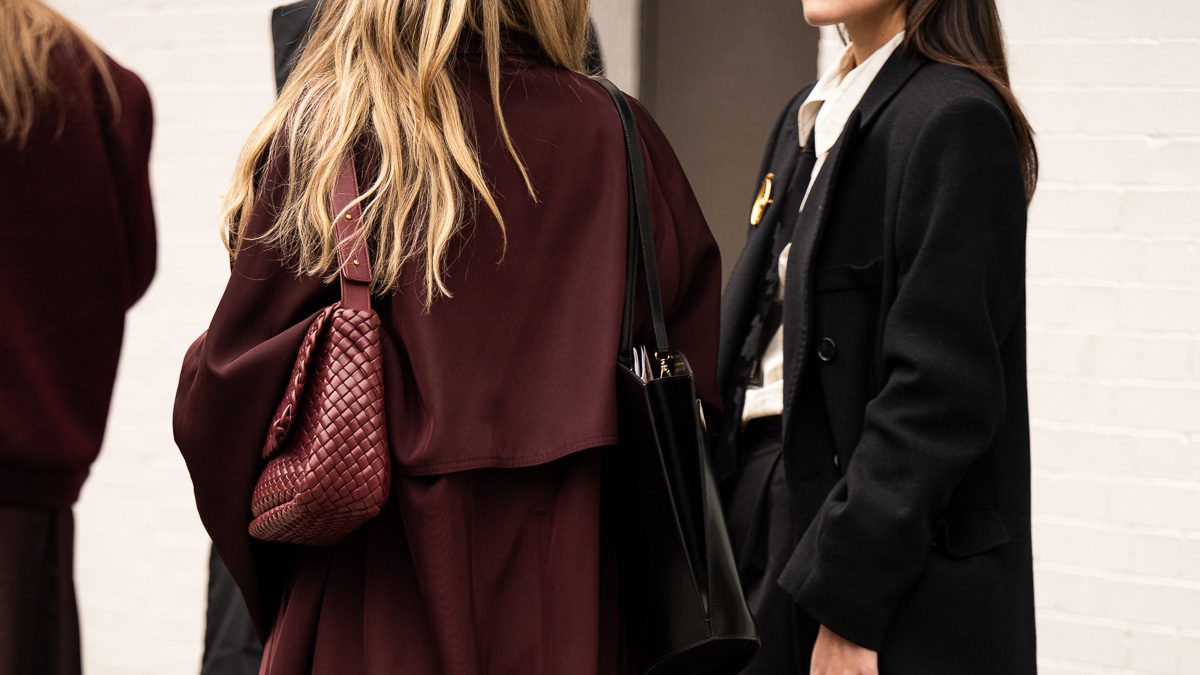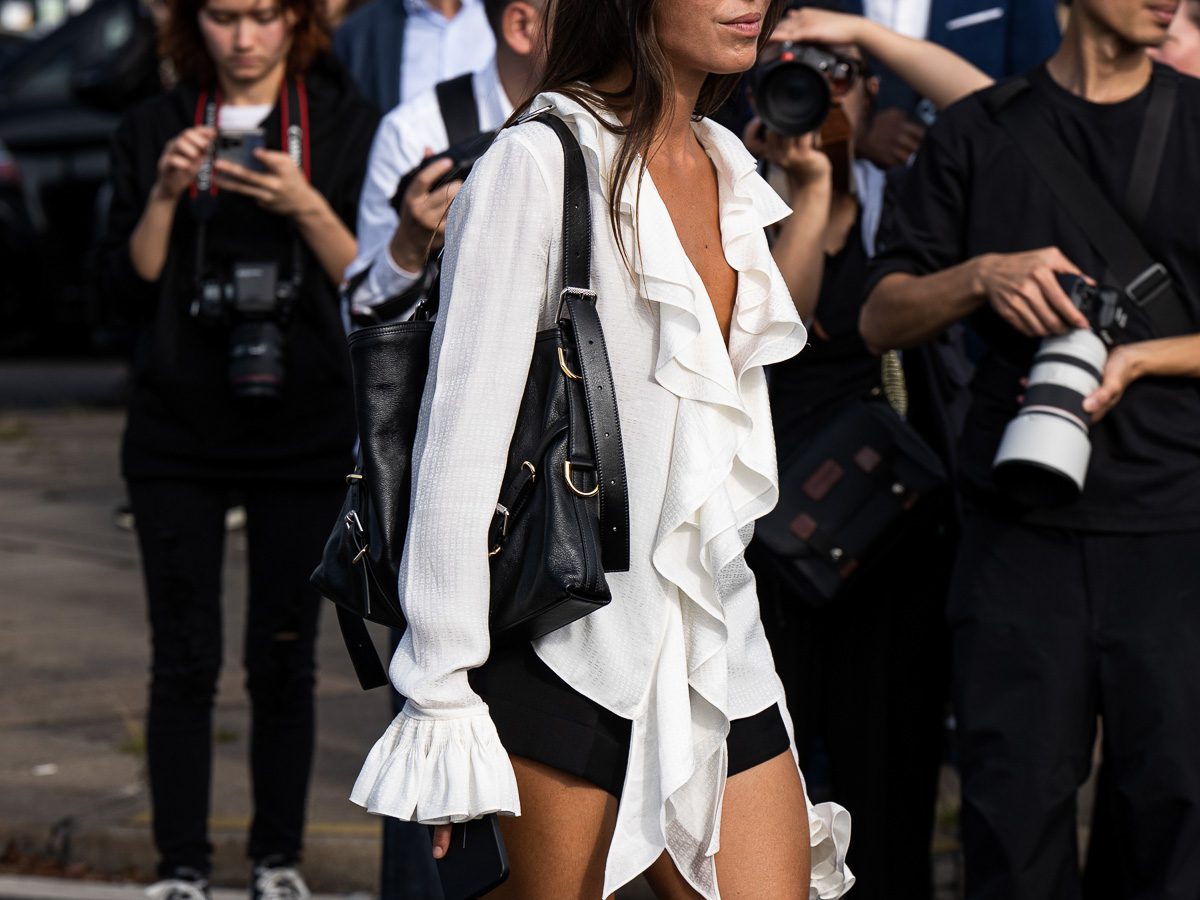In late 2019, I wrote an opinion piece on the price of designer goods and my relationship with the luxury industry. It seemed like handbag prices were becoming ludicrous, unreachable to even those who had once been within reach of the luxury industry.
A Chanel Classic Flap was $5,600 then. Today, nearly five years later, the cost of that very same bag is now $10,800. Back in 2005? It was a mere $1,650. That amount of money will now buy you a basic designer tote or a mini bag.
And what will $1,650 get you at Chanel? A small pouch.
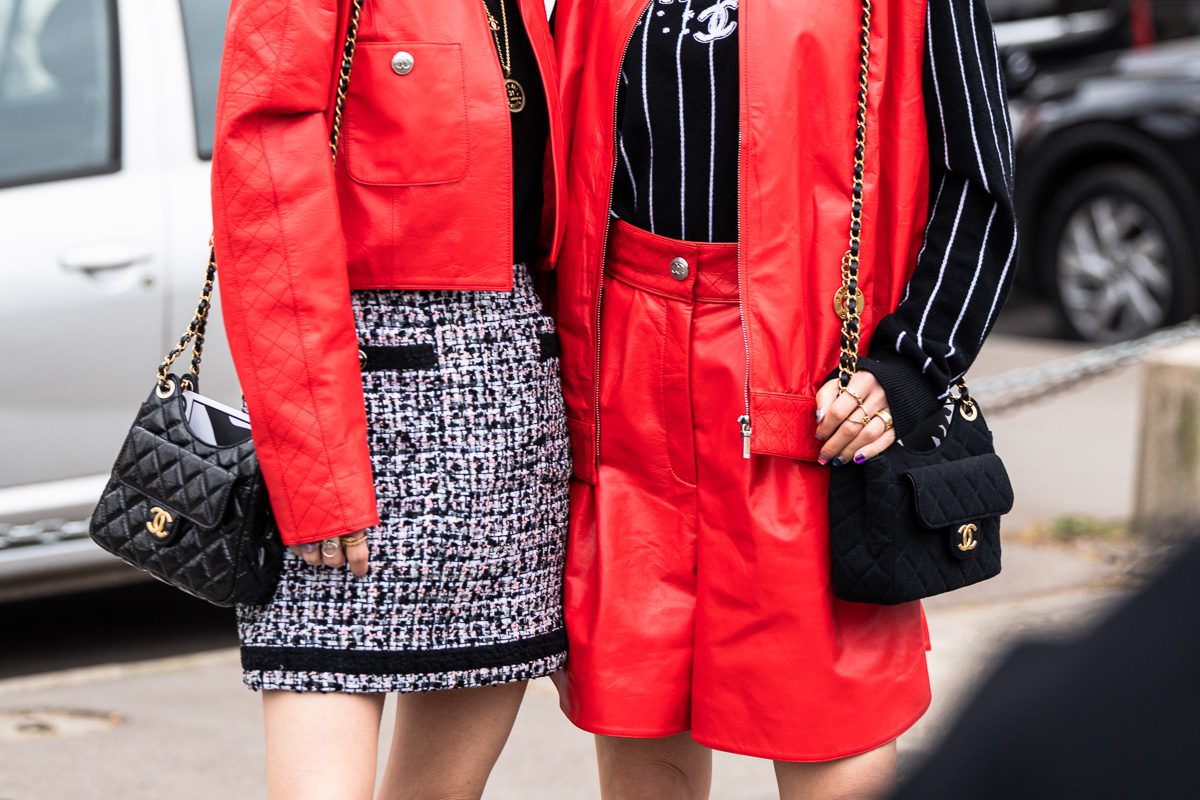
These days, it feels like even entry-level price points aren’t accessible to most consumers. While this is exactly what luxury brands aim for, that air of exclusivity, is pricing out aspirational shoppers a sustainable business practice?
Is it working?
Prices Rise Across the Board
Brands like Chanel and Hermès have continued to blame inflation and the ever-increasing rise in the cost of both materials and labor for their exorbitant price hikes. Meanwhile, it is not just inflation driving price hikes.
Brands like Bottega Veneta and Loewe push a commitment to craft, citing increased quality and attention to detail, but many still feel that the prices are less than warranted. While we’ve come to expect sky-high handbag prices, the rising cost of ready-to-wear, too, can easily cause a sticker-shock-induced heart attack.
Not to mention, big businesses prioritize profits without offering consumers anything more than before. Last month, popular fashion whistleblower Diet Prada took a swing at the ridiculousness of the industry as of late, calling out the insane costs of runway pieces from luxury Houses like Chloé, Gucci, and Hermès.
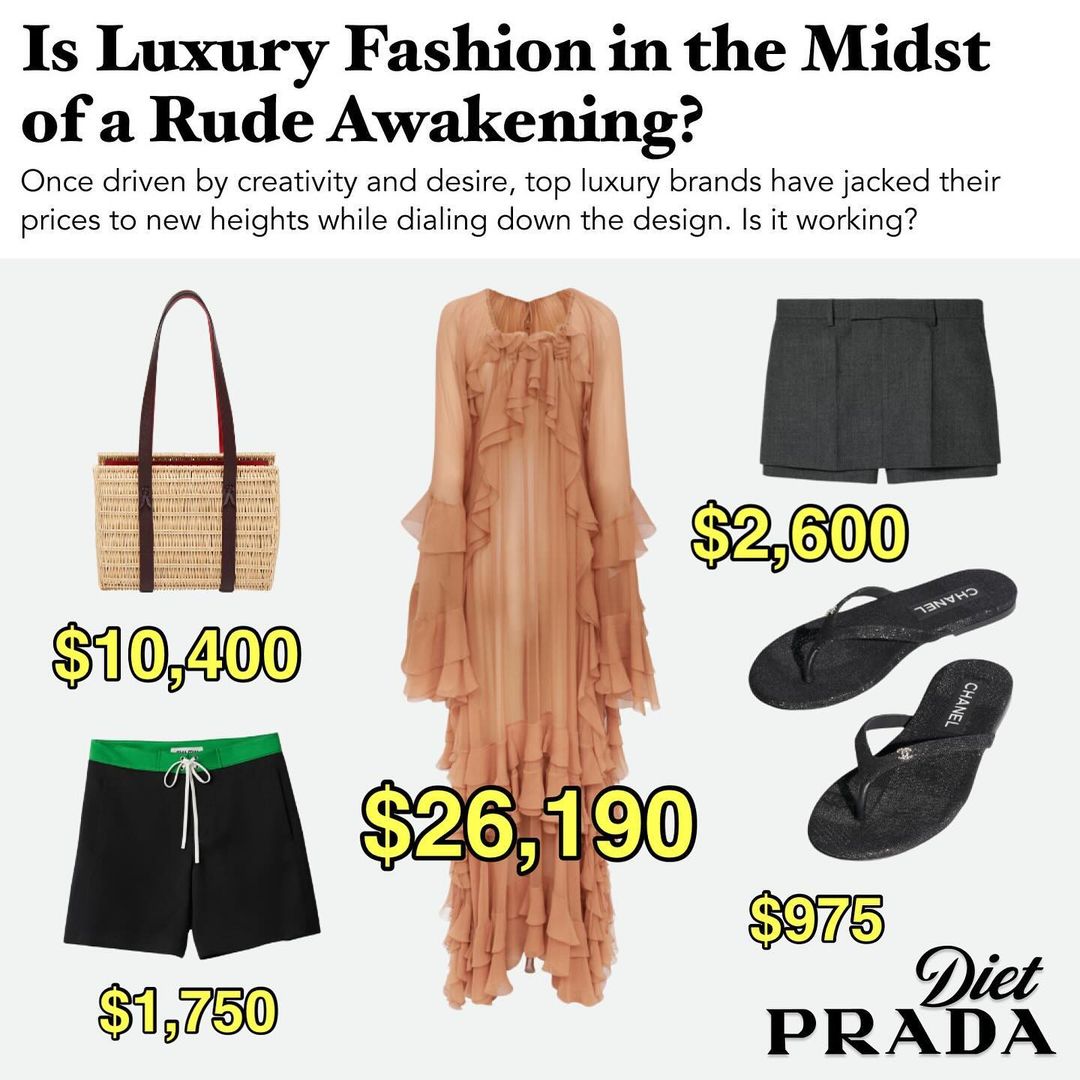
Still, even as 40% of luxury sales are made by the top 5% of luxury clients, brands are risking a lot as their target audience continues to shrink. With the post-pandemic luxury boom slowing down and US luxury sales on the decline, out-pricing aspirational shoppers is a risk.
After all, there’s still a clientele making up the remaining 60% of sales, many of whom are finding themselves out-priced. Whereas once, those aspirational shoppers found saving for splurges a couple of times a year, or even once a quarter, manageable, now it feels impossible.
As prices continue to increase, does that air of exclusivity turn into an air of exclusion? For many, yes. What do you think?

